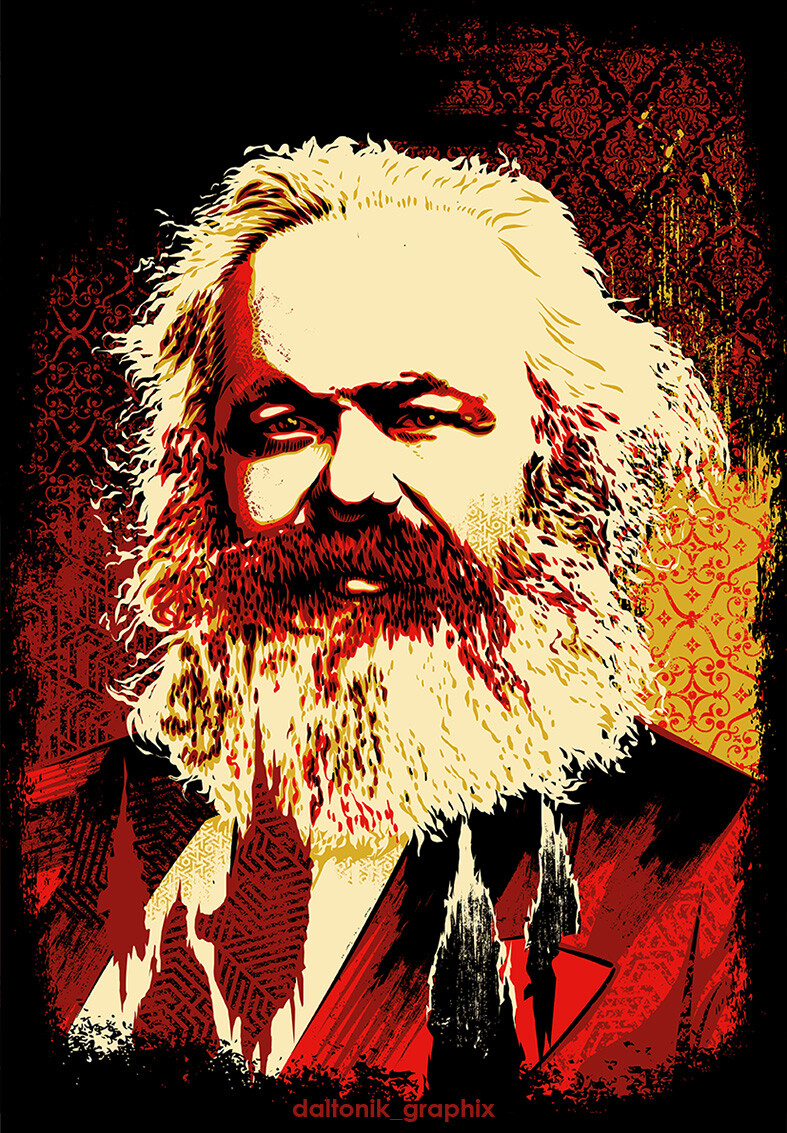I am no big city economist, but it’s really annoying how deeply inflated everything is. We see regular inflation at the market, the mall (do people even go to those anymore?), and sadly in our rents. We even shrink-flation which I heard on NPR about how a beverage for example is smaller but higher price. It a really fuckin’ lame.
Whenever I say “ :improve-society: man I wish didn’t have to pay so much for XYZ” I often hear the classics like “supply and demand” , or “global supply chain”, or “you be happy you can afford XYZ” which got me thinking how would leftists solve this.
Off the top of my head I would imagine things like CEOs would have some pay cap, stopping C-levels from siphoning their profits up, stronger labor unions, and some other stuff but I really don’t know. Professor Wolff always talks about worker co-ops and I would imagine workers owning stuff is better (which it is of course) but how ideally would it look? :wolff-shining:
What do leftist thinkers say would curb inflation? How would even lightweight leftist economic policies help keep prices for stuff reasonable? I just curious as I would like to think about how leftist theory would address this real problem we all experience.
What have smarter leftist people than I said would fight inflation.


I'll assume you are talking about a capitalist country like China.
First an explanation of what is "inflation". Michael Roberts makes writes excelent posts on the subject.
Michael Roberts:The inflation debate I recommend reading his blog regularly but specificaly also this entire post,I'll quote the most relevant bits
On capitalist inflation and the root causes
On his Marxist theory of inflation
His conclusion:
So with that understanding we know that the "bad" inflation is mostly a consequence of neoliberal financial capitalism i.e the banking system, the stock market, the asset/credit pipelines created for corporations/%1 capitalists and investors but also even more importantly the supply side shocks due to A)capitalism is shit at producing things consistently B)COVID and Ukraine war C)the good ol Marx's tendency of the rate of profit to fall means less investment in productivity and more money into fictional ways to boost revenue i.e financial capitalism.
So how does a country like China(though not always specifically China here) deals with this? I wont list everything because it would be A)too long B) require a bit more sources but this maybe 50-75% of it.
1- A large part of credit creation is destine towards things that will create a net benefit to the economy, essentially infrastructure but also things that give "non-financial" returns in the long run that helps the economy grow regardless e.g schools, hospitals.
2-The second part was and still is credit for individuals in areas that fuel the these expanding areas. It is no wonder they created a housing bubble because there is double dipping between government infrastructure and new housing that will exist in new/renovated areas with that infrastructure. Even though this housing "bubble" was not a good thing on its own, in the grand context of the larger economy it was a net positive.
3- Following #2 sometimes you will have problems with debt growing out of control threatining both businesses and consumers. When that happens the government is ready to take upon that burden of debt. This means in practice you wont see the development of a feedback loop of zombie corporations like in the west.
A "zombie" corporation is a corporation that is not profitable and only makes enough money to service the debt. When you take new debt to help pay for old debt you are expanding the money supply(see M2 money supply and inflation) and that naturally leads to inflation.
4- Some leftist/leftist adjacent economists have proposed MMT as a solution. This isn't "Marxist" but it does tackle the inflation problem in a limited similar way to #2 and #3 above. A country must be powerful enough to print its own money with no regards to actual government debts because ultimately the government can wipe clean that debt or otherwise is impossible to default since, well infinite money duh!
This means you can keep spending on things that are actually tied to real world economic growth i.e infrastructure, research, government investment in bleeding edge technology applications for military/civilian applications etc.
In this case inflation is not a problem because it would be directly tied to real economic growth, not just indicators but actual real things the government builds.
Very insightful thanks!